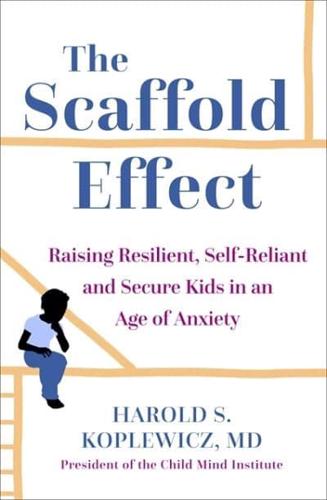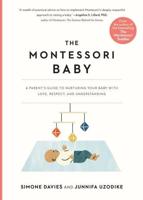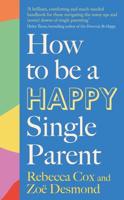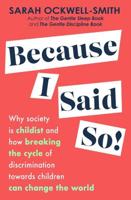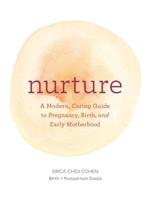Publisher's Synopsis
'A master synthesizer of attachment science, medical practice, and his own experience as a father, Harold Koplewicz capably and compassionately leads us through the art of scaffolding, from early childhood through the important adolescent period.' - Daniel J. Siegel, MD, author of The Whole Brain Child
Prevent and counteract the general anxiety and emotional fragility prevalent in children and teenagers today - a new parenting philosophy and strategies that give children the tools to flourish on their own.
Just as sturdy scaffolding is necessary when erecting a building and will come down when the structure grows stable, good parenting provides children with steady and warm emotional nourishment on the path toward independence. Never-ending parental problem-solving and involvement can have the opposite effect, enabling fragility and anxiety over time.
In The Scaffold Effect, world-renowned child psychiatrist Harold Koplewicz introduces the powerful and clinically tested idea that this deliberate build-up and then gradual loosening of parental support is the single most effective way to encourage kids to climb higher, try new things, grow from mistakes and develop character and strength.
Explaining the building blocks of an effective scaffold from infancy through young adulthood, he expertly guides parents through the strategies for raising empowered, capable people, including:
Lay a solid foundation: The parent-child relationship needs to be made from the concrete mixture of emotional availability, positive reinforcement, clear messaging, and consistent rules. From this supportive base, your will forge a bond that will survive adolescence and grow stronger into adulthood.
Empower growth: Skyscraper or sprawling bungalow - the style of your child's construction is not up to you! Scaffold parenting validates and accommodates the shape the child is growing into. Any effort to block or control growth will actually stunt it.
Stay on their level: Imagine being on the ground floor of a house and trying to talk to someone on the roof. The person on the roof will have to 'talk down' to you or yell. If your child's building and your scaffold are on the same level, you can speak directly, look each other in the eye, and keep the lines of communication open.
Drawing on Dr Koplewicz's decades of clinical and personal experience, The Scaffold Effect is a compassionate, smart and essential guide for the ages.
All the author's proceeds from the sale of this book will be donated to the Child Mind Institute.


